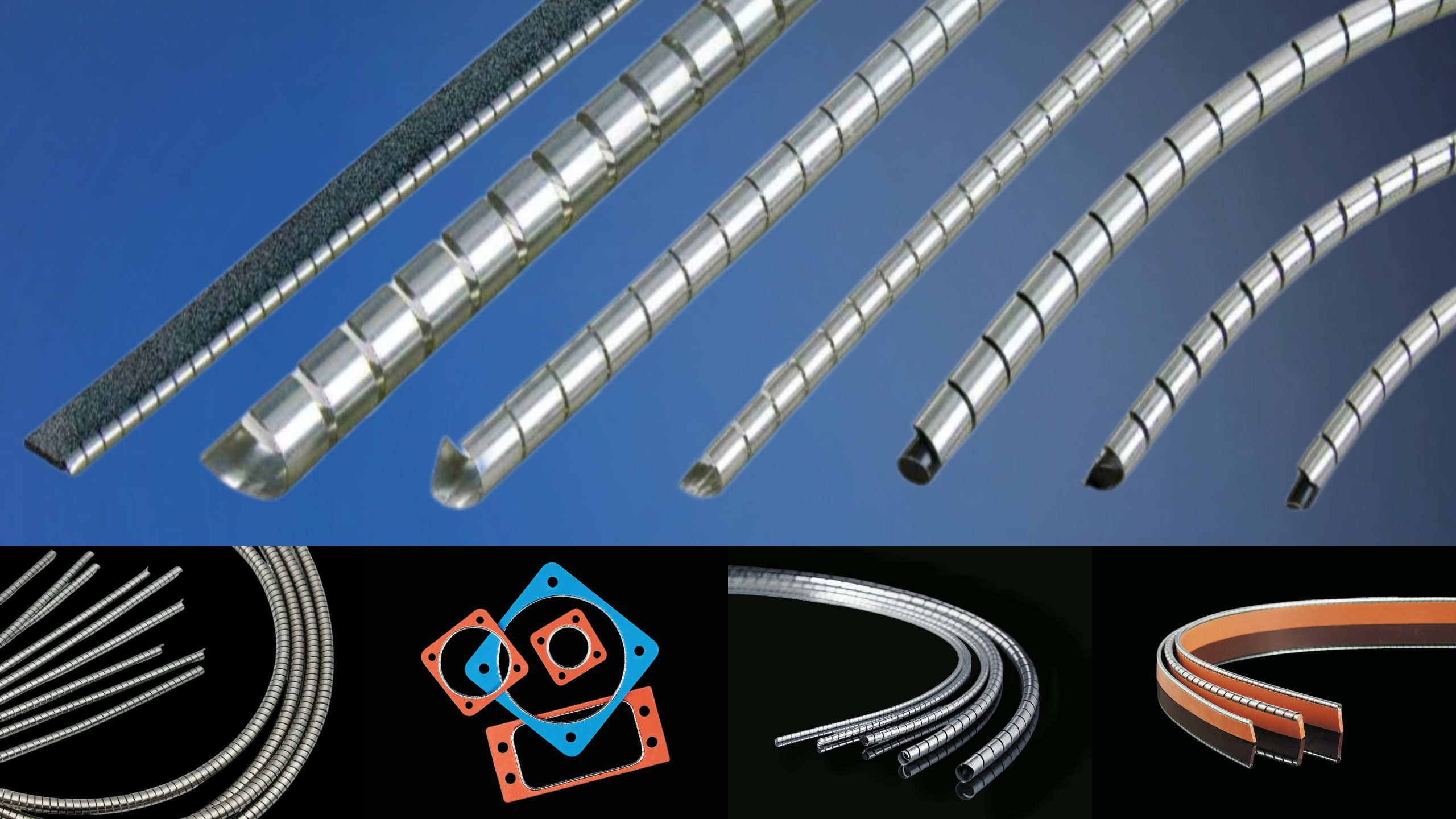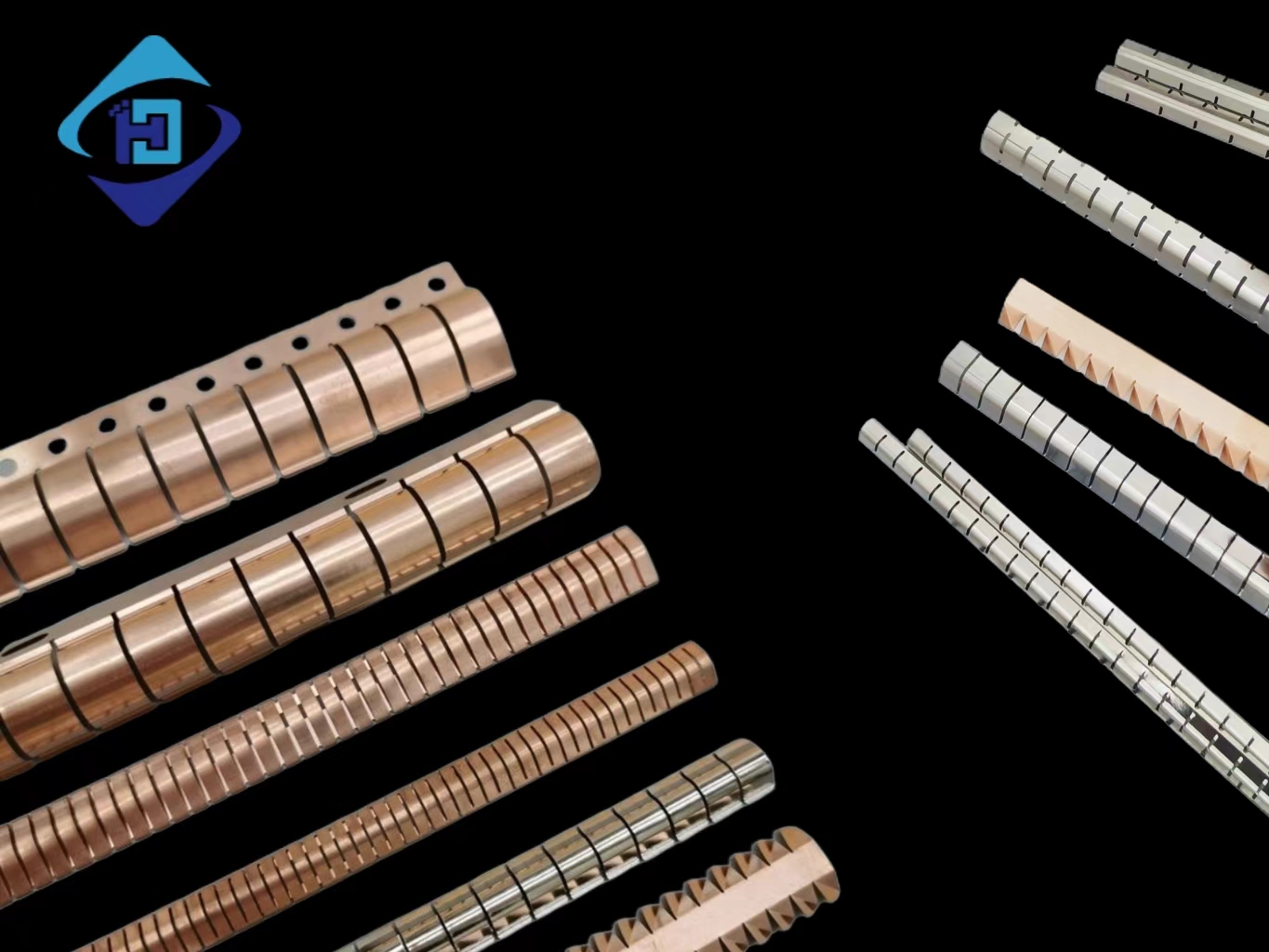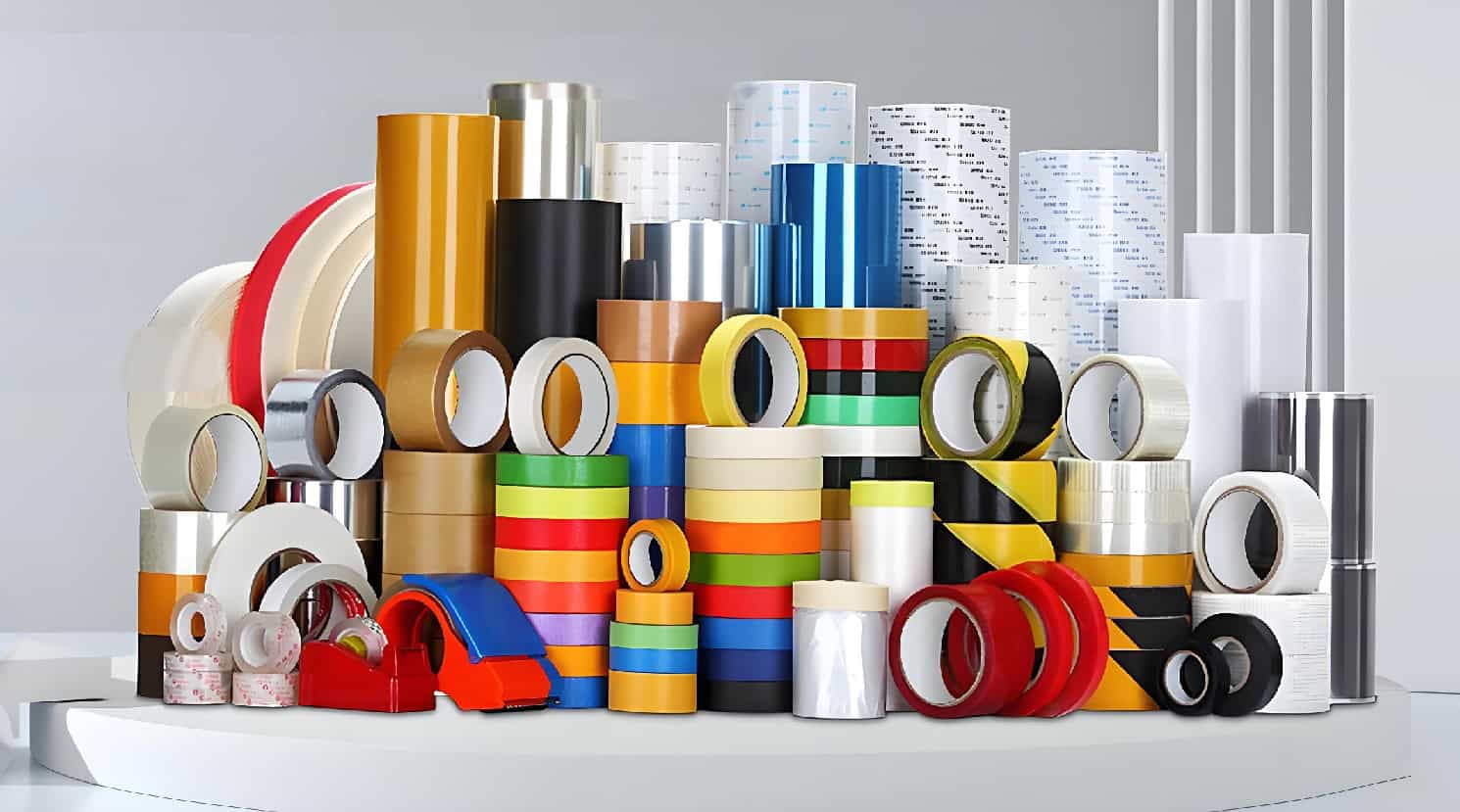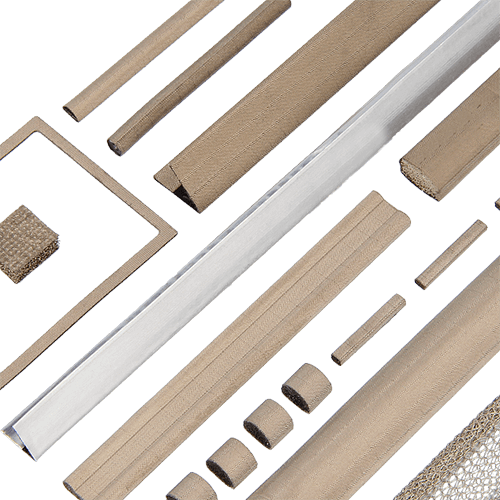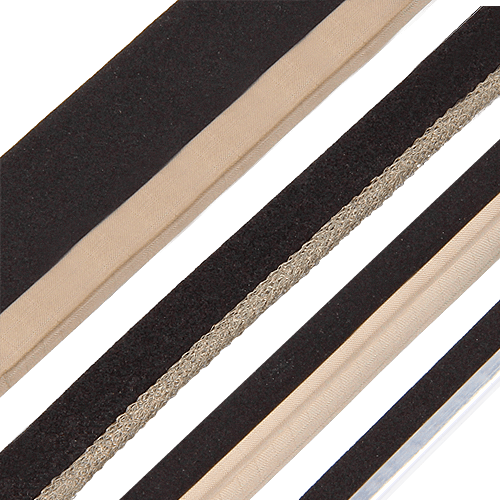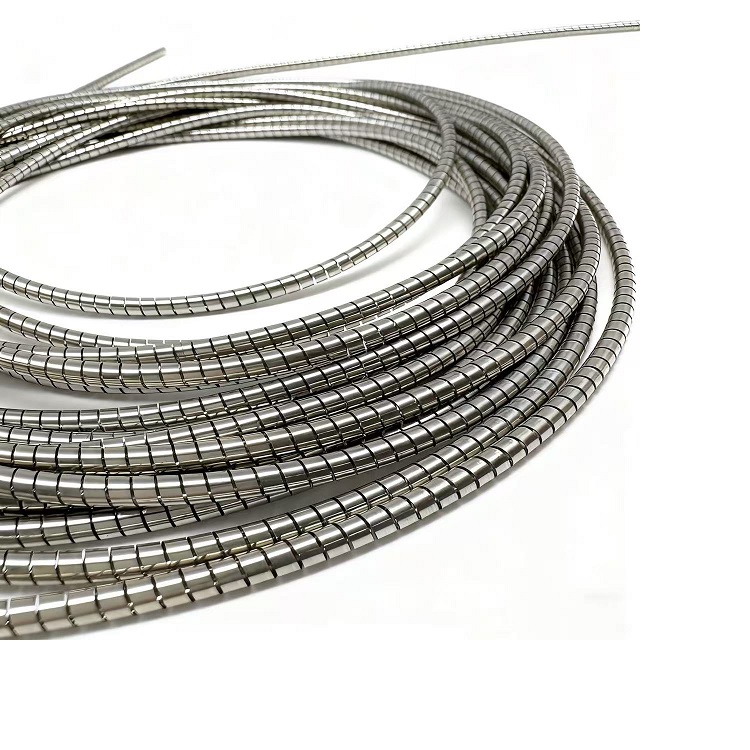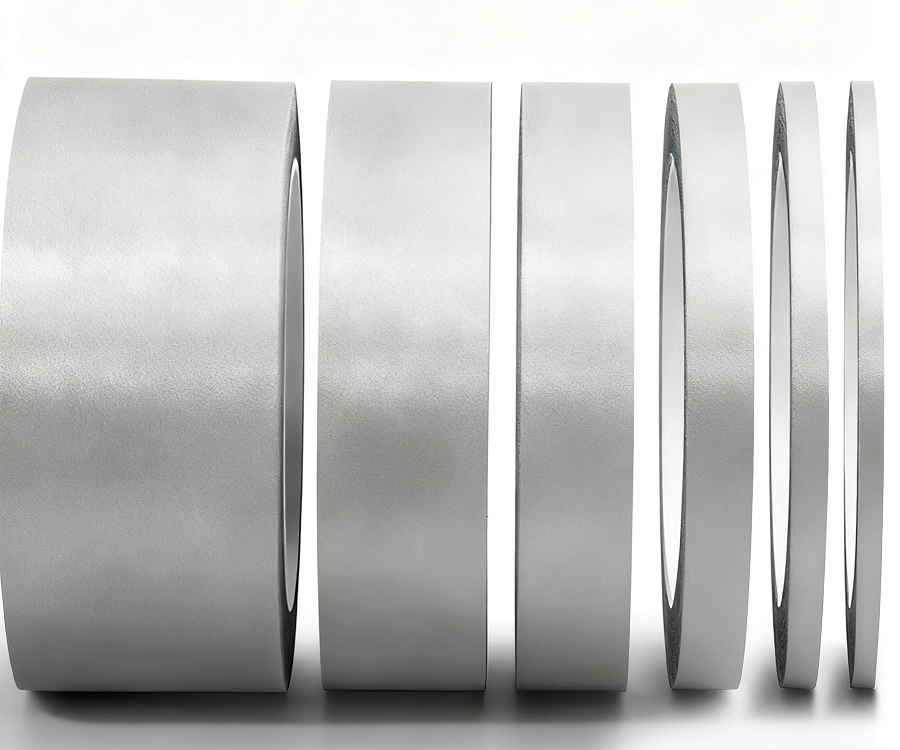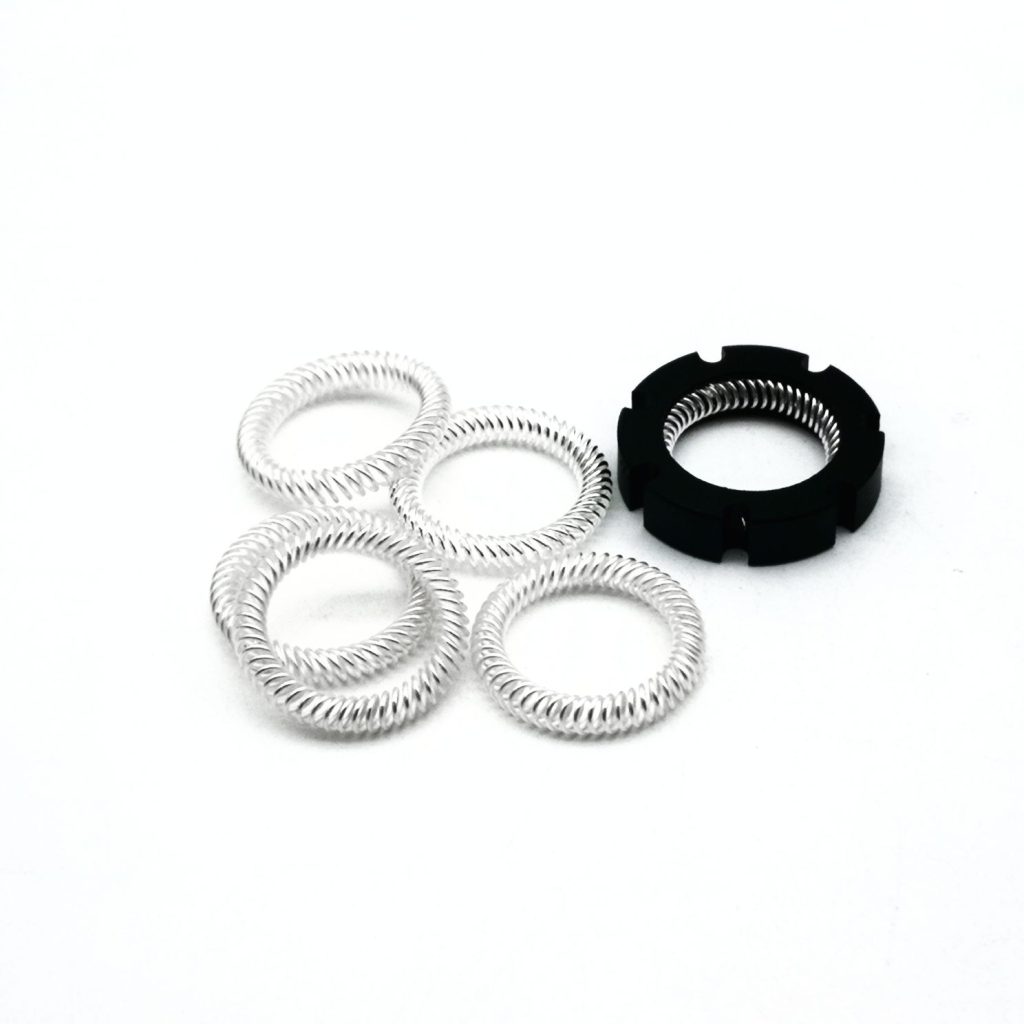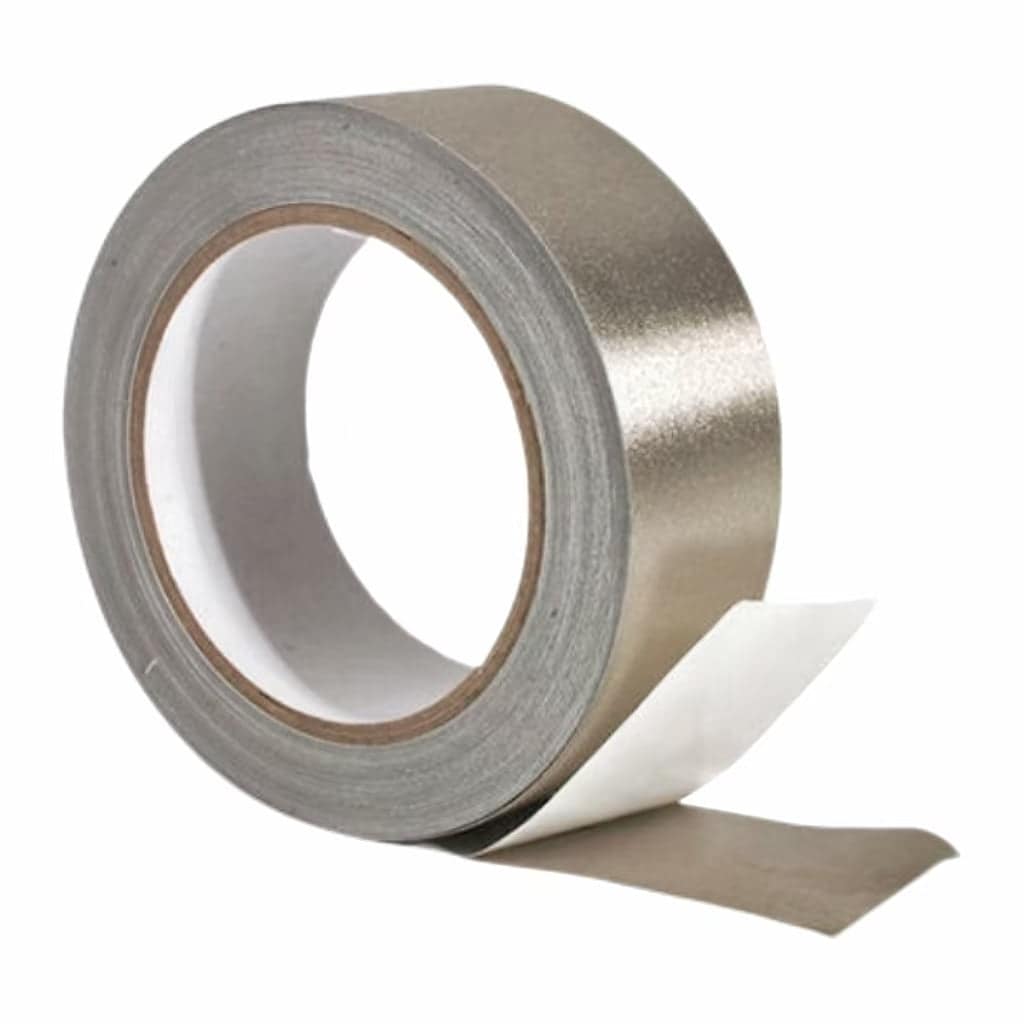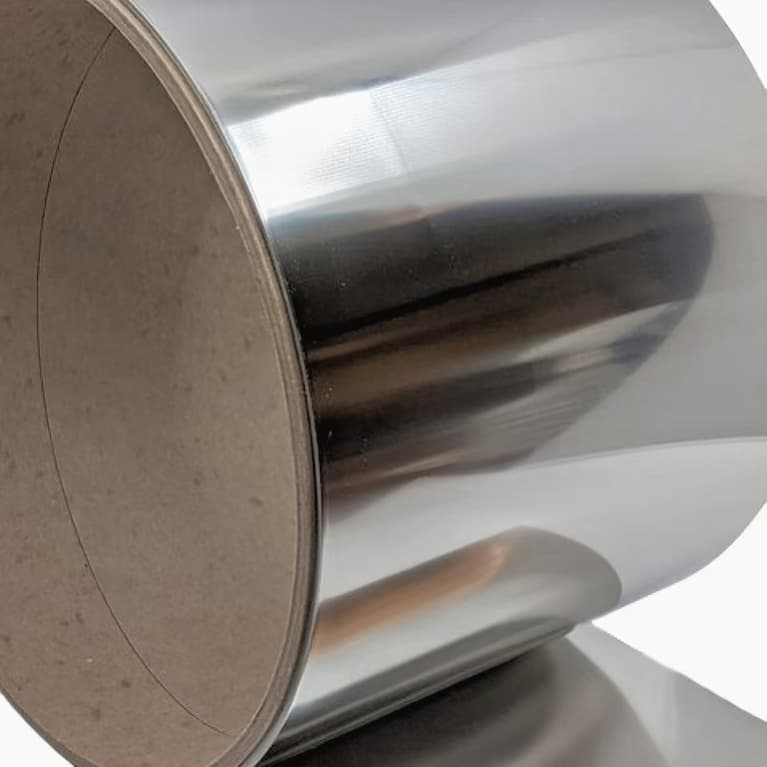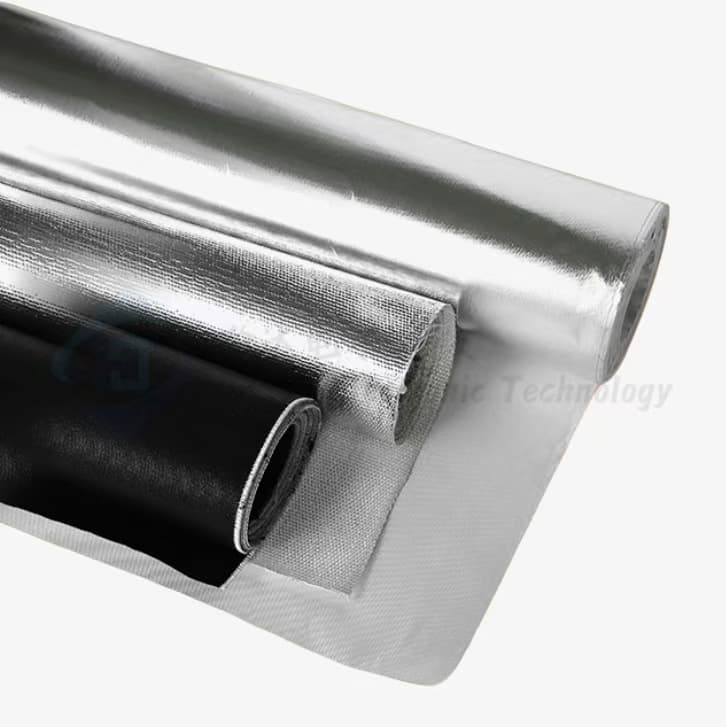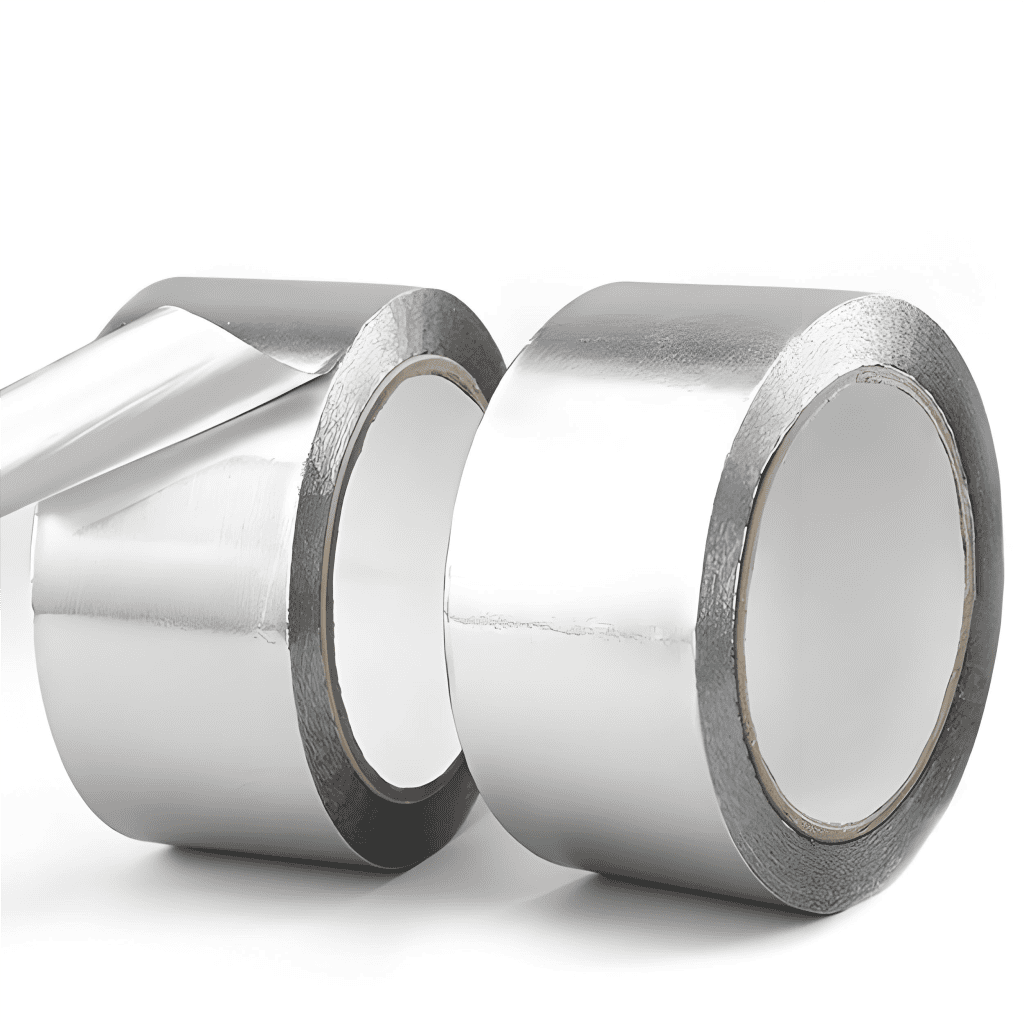Premium EMI Shielding Gaskets & RF Gasketing Solutions
We are a leading Chinese manufacturing corporation specializing in EMI shielding solutions. Handa Shielding specializes in electromagnetic shielding solutions, offering a range of high-quality products for various industries. Our expertise ensures reliable protection for electronic devices against electromagnetic interference, ensuring optimal performance.
EMI-Abschirmungsprodukte, Dienstleistungen und Materialien
Alle Produkte anzeigenUnsere kundenspezifischen Dienstleistungen
Professioneller Anbieter von Lösungen zur elektromagnetischen Abschirmung.
Dank professioneller elektromagnetischer Abschirmungstechnologie bleiben Ihre Geräte in Umgebungen mit elektromagnetischen Störungen stabil und zuverlässig.
Unsere Produkte und Dienstleistungen
- Produkte zur elektromagnetischen Abschirmung.
- Maßgeschneiderte Lösungen.
- Technische Unterstützung.
Wenn Sie sich für unsere Lösungen zur elektromagnetischen Abschirmung interessieren oder Fragen haben, wenden Sie sich direkt an uns. Wir freuen uns darauf, Ihnen hervorragende Produkte und Dienstleistungen zur elektromagnetischen Abschirmung anbieten zu können.

NEUES PRODUKT
-
Discover HANDA’s RF/EMI Shielding Spiral Gasket made from premium Hastelloy C-276. Engineered for semiconductor CVD equipment, it delivers exceptional chemical resistance, high-temperature stability,......
-
Hunan Handa Spiral Spring EMI Shielding Solutions New Partnership Announcement: HANDA Spiral EMI Shielding Gaskets Solutions Now Available.As the demand for reliable electromagnetic......
-
1. Introduction to Conductive Fabric2. Key Performance Advantages3. Applications in Electronics and Communication3.1 Consumer and Industrial Electronics3.2 5G and Telecommunication Systems3.3 Automotive Electronics3.4......
-
In high-voltage switchgear, GIS (Gas-Insulated Switchgear), and power transmission and distribution systems, electrical conducting springs have emerged as indispensable key conductive components in......
-
Against the backdrop of the rapid development of modern electronic information technology, various electronic devices are emerging in an endless stream, and the......
-
Zusammenfassung: Dieser Artikel befasst sich mit dem Produktionsprozess von Mu-Metall-Folien und deckt den gesamten Arbeitsablauf von der Auswahl des Rohmaterials bis zur Ausgabe des fertigen Produkts ab.......
-
🔧 Produktübersicht📌 Hauptmerkmale & Benefits⚙️ Technische Daten🎯 Anwendungen🛠 Anpassungsmöglichkeiten📦 Verpackung & Lieferung🧩 Warum Handa wählen?📞 Angebot oder Muster anfordern......
-
Was ist leitfähiges Aluminiumband?Hauptmerkmale von leitfähigem AluminiumbandGängige Anwendungen von leitfähigem Aluminiumband1. Abschirmung von elektromagnetischen Interferenzen (EMI) und Hochfrequenzstörungen (RFI)2.......
Ressourcen
RECENT Nachrichten
Nachrichtenzentrum
Entdecken Sie die neuesten Nachrichten, Einblicke und Perspektiven aus verschiedenen Branchen.
Sehen Sie sich die aktuelle Liste der Branchennachrichten an.-
Presseinformation
Quick-Shield:EMI Spiral Shielding Gaskets with Excellent Spring Back
-
Presseinformation
EMI Shielding Innovations to Watch at IEEE EMC+SIPI 2025 (Raleigh, NC)
-
Presseinformation
How Copper Foil Tape Is Made: Step-by-Step Manufacturing Process & Quality Insights




